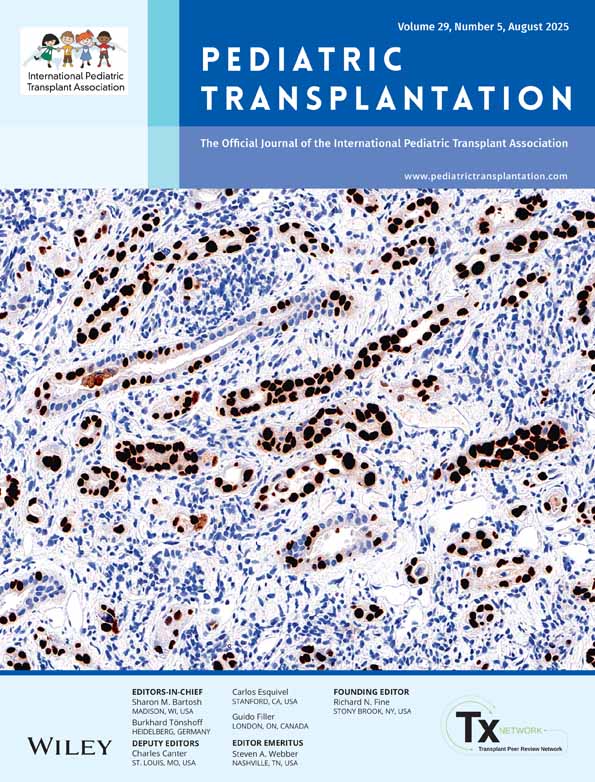En-Bloc Versus Bilateral Sequential Technique for Pediatric Lung Transplantation
Meeting presentation: Poster presentation at the American Association of Thoracic Surgery Annual Meeting 2024, Toronto, ON.
ABSTRACT
Background
Lung transplantation is the primary surgical therapy for end-stage lung disease in children. Bilateral sequential lung transplantation (BSLT) is the most widely used technique across the United States. En-bloc lung transplantation (EBLT) was put forward as an alternative to avoid the complications associated with bronchial anastomoses in smaller children. There are no multi-institutional reports comparing the outcomes of these two techniques.
Methods
The United Network for Organ Sharing dataset was queried for patients <= 18 years who underwent bilateral lung transplantation from 2002 to 2021. Patients were divided into two groups based on surgical technique: EBLT and BSLT. Demographic and clinical characteristics were compared, along with follow-up survival data. The primary outcome of interest was freedom from death or re-transplantation. Subgroup analysis was performed for patients aged <=5 years.
Results
919 children received lung transplants during the study period. The EBLT technique was utilized in 80 (8.7%) transplants. EBLT patients were younger (9.5 vs. 15 years, p = 0.0001) and more likely to be on mechanical ventilation (33.8 vs. 17.3%, p = 0.0003). EBLT had a lower proportion of cystic fibrosis (37.5 vs. 55.5%, p < 0.0001) as the primary diagnosis. There was no difference in freedom from death or re-transplantation (p = 0.81) or early rejection (17.5 vs. 27.1%, p = 0.17) between the two groups. EBLT patients had less airway dehiscence (0.0 vs. 1.2%, p = 0.006) and less bronchiolitis obliterans (36.3 vs. 65.0%, p = 0.001) during the period of follow-up. On multivariable analysis, surgical technique was not an independent risk factor for survival (HR 0.99 [CI 0.68–1.38], p = 0.92). For patients aged ≤ 5 years, there was no difference in survival between EBLT and BSLT (p = 0.97).
Conclusions
EBLT is associated with less airway dehiscence and bronchiolitis obliterans than BSLT in children. There is no difference in freedom from death or re-transplantation between the groups.
Open Research
Data Availability Statement
The data that support the findings of this study are openly available in the UNOS dataset—STAR files at https://optn.transplant.hrsa.gov/data/view-data-reports/request-data/.




